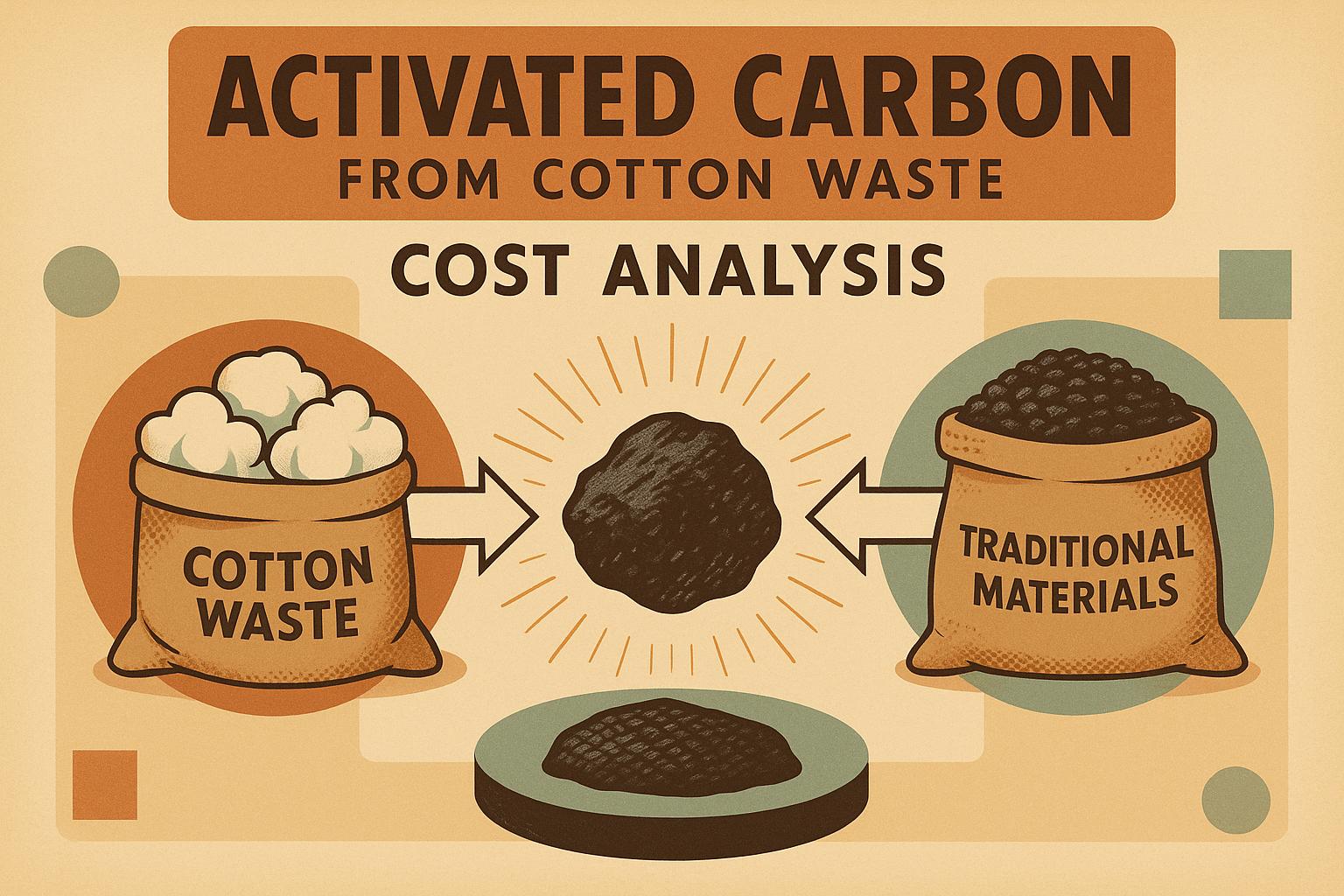Cotton farmers in the U.S. face unique challenges accessing credit, which varies significantly by region. Here's what you need to know:
- Key Regions: Cotton is grown in the Southeast, Mid-South, Southwest, and West, each with distinct credit conditions.
- Challenges: Farm size, lender availability, land value, and yield consistency impact loan terms. Regions with unstable yields or fewer lenders face stricter requirements.
- Impact: Credit access affects farm growth, technology adoption, and local economies. Better credit supports equipment upgrades, operational efficiency, and rural jobs.
- Support Programs: Federal loans, local banks, and tools like cottongins.org help farmers secure financing. Policies like the 2023 Farm Bill improve credit availability.
Bottom Line: Addressing regional credit disparities is crucial for sustaining cotton production and supporting rural communities.
Understanding the Basics of the Farm Credit System

Credit Access Differences by Region
To understand credit conditions in U.S. cotton production, it’s essential to break down the four main cotton-growing regions.
Major Cotton Growing Regions
Cotton farming in the U.S. is concentrated in four regions: the Southeast (Georgia, Alabama, the Carolinas), the Mid-South (Mississippi, Arkansas, Tennessee), the Southwest (Texas, Oklahoma), and the West (California, Arizona). Each region has unique characteristics, such as farm sizes, production techniques, and environmental factors, all of which play a role in shaping credit access. These distinctions highlight the reasons behind regional differences in financing.
Factors Behind Regional Credit Differences
Several elements determine how easily farmers can secure loans:
- Farm size and ownership structure: These influence the size of loans and their terms.
- Availability of agricultural lenders: More lenders mean greater competition, often leading to better interest rates.
- Yield consistency and risk levels: Regions with stable yields face fewer hurdles with lenders.
- Land value and collateral: Higher land values improve borrowing power.
Regions with a strong presence of agricultural banks and steady production cycles typically see better loan terms. On the other hand, areas prone to unpredictable weather or market fluctuations often face tougher lending conditions, such as stricter requirements, higher down payments, and lower loan-to-value ratios.
Effects on Farm Operations and Local Economy
Farm Equipment and Methods
Access to credit allows farmers to invest in essential equipment like cotton pickers, precision farming tools, and irrigation systems. These upgrades improve productivity, operational efficiency, and profitability. The impact doesn't stop at the farm - local economies also benefit from these advancements.
Local Economic Benefits
Better credit availability creates a ripple effect in rural areas. Increased farm revenues help sustain businesses like cotton gins, equipment dealers, and supply vendors, while also supporting local jobs. For example, resources like cottongins.org help farmers locate nearby gins, simplifying supply chains. With stable farm income, communities can maintain infrastructure and public services, strengthening the region's overall stability and growth.
sbb-itb-0e617ca
Programs and Policies Affecting Credit
Federal Support Programs
The USDA FSA offers Direct Operating Loans and Guaranteed Farm Loans to help farmers cover operational costs and purchase equipment. Meanwhile, CCC Marketing Assistance Loans provide a financial cushion to stabilize cash flow during the growing season.
Local Banks and Lenders
In addition to federal programs, regional banks and lenders play a key role in providing credit. Institutions like Farm Credit and commercial banks offer loans tailored to the unique needs of farmers, such as aligning repayments with harvest schedules. These lenders also provide financing for equipment, inputs, and day-to-day operations. Loan terms can vary based on the availability of lenders in a particular region.
Current Laws and Rules
Laws and regulations set the framework for these credit programs. For instance, the 2023 Farm Bill increased loan guarantees and introduced updated eligibility criteria for risk management programs. On the state level, legislatures have established emergency credit funds and matching programs to support farmers affected by extreme weather or market disruptions. Additionally, federal reserve requirements and risk-based underwriting guidelines influence the terms and availability of loans.
Solutions and Recommendations
Using cottongins.org

In addition to policy changes and lender programs, digital tools can help farmers build stronger local networks, making it easier to address credit challenges. One such tool is cottongins.org, which offers a state-by-state directory of cotton gins. It also includes a submission feature for adding new entries. This platform helps farmers find nearby facilities and connect with regional support networks, aiding in financial planning and improving the quality of credit applications.
Conclusion
Key Takeaways
This analysis highlights how credit access in cotton-producing regions is influenced by factors like infrastructure density, lender availability, and support programs. A comparison of the Southeast, Mid-South, Southwest, and West revealed that lending terms are shaped by elements such as collateral, competition among lenders, and yield stability. Regions with higher numbers of gins benefit from closer lender relationships and more favorable terms, while smaller farms in areas with unpredictable yields face stricter collateral requirements and tougher underwriting processes. Persistent challenges include farm size, yield unpredictability, and limited lender presence, emphasizing the importance of federal and local efforts to address these issues.
Federal loan guarantees, state emergency funds, and customized local lending schedules play a critical role in reducing regional inequalities. Strengthening lender networks, increasing program outreach, and utilizing resources like cottongins.org to connect farmers with nearby gins can help address these challenges and support growth for cotton farms across regions.


